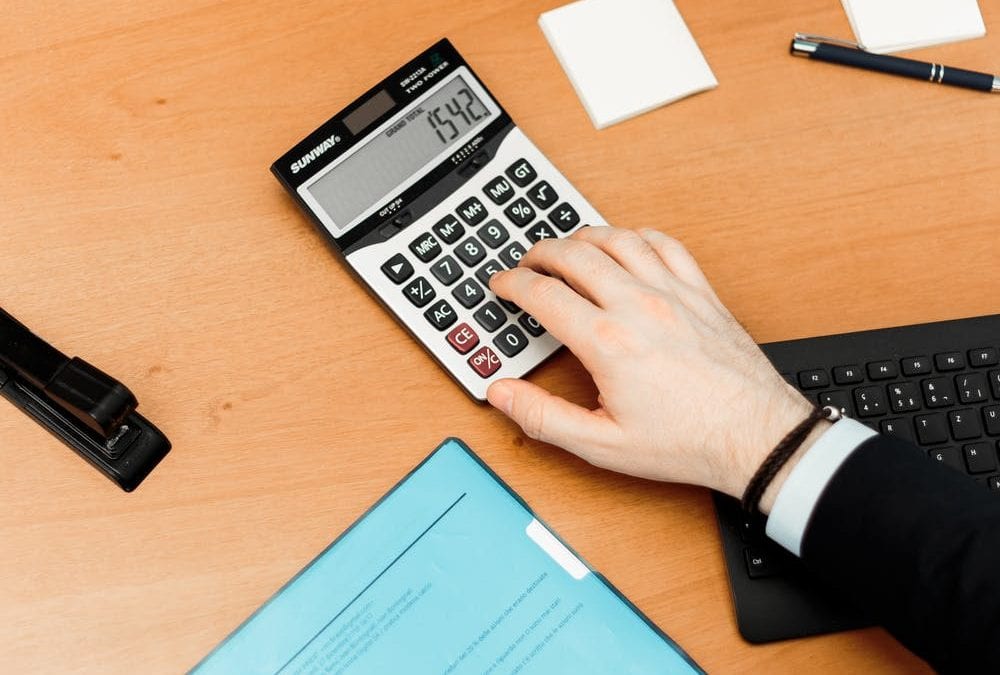A new tax year has begun – though the current global pandemic has meant the landscape for tax changes isn’t what they usually are. In short, some have gone ahead and others have been adjusted slightly.
Here, we explore the tax changes for this tax year and highlight ways you can be more tax-efficient.
NICs and Personal Allowance
Usually, the Personal Allowance increases year-on-year. However, this tax year sees it stay the same as last year: at £12,500. As a result, the basic and higher rate bands are also identical, being £12,501-50,000 and £50,001-£150,000 respectively.
For Class 2 National Insurance contributions (NICs), the small profits threshold has risen from £6,365 to £6,475. The flat rate for paying these has also increased – from £3.00 a week to £3.05. For Class 4 NICs, the amount you need to earn has climbed from £8,632 to £9,500.
There have been changes to Class 1 (employment NICs) as well. The threshold has been enlarged from £8,632 to £8,722 per year.
If you’re a limited company, it’s worth knowing those taxes related to employment. You can list yourself as an employee – and reap the rewards of a salary with this boosted threshold.
Capital Gains Tax
Capital Gains Tax (CGT) has seen a slight increase too. The allowance has risen from £12,000 to £12,300 for 2020/21.
Therefore, if you were looking to sell an asset this year, such as property, shares, or something business-related, then you can earn more on the profits you would receive for the sale.
It’s also worth noting that if for any reason you were to sell a residential property after 6th April 2020, you now have within 30 days of selling to pay any tax. Previously, you had until the next Self Assessment tax return deadline to pay.
Making Tax Digital
Last April saw Making Tax Digital (MTD) for VAT introduced. HMRC provided a ‘soft’ landing period giving businesses extra time to ensure awareness and compliance. HMRC had revealed previously that this would only be for the first year.
However, the COVID-19 outbreak has meant that HMRC have decided to ease the current strain on businesses. They are delaying the need to implement digital links until 1st April 2021. This is good news as you’ll have more time to get used to digital accounts – and once you’ve mastered accounting software, you’ll be able to get all the tax efficiencies these provide.
MTD for Income Tax and Corporation Tax were also due to be launched – potentially as soon as the 2021/22 tax year. Though, it may be that with the extension of the ‘soft landing’ period, we see a further delay to MTD for these taxes.
Additional support
The global pandemic has had a huge effect on tax
and when it’s paid. VAT payments, for example, have been deferred until 30th
June. The second payment (usually due on 31st July) has also been
given an extension of six months (so 31st January 2021).
The government is providing support in other way as well. We have been posting a series of updates as the situation changes, which you can find below:
- Help available part 1
- Help available part 2 (specifically for hospitality businesses)
- Help available part 3
- Furlough grants and small business rates grants
- Process for furlough grants
We know this isn’t the easiest of times, but do remember that there is support you can access – and there are still ways you can be more tax-efficient this year. As always, if you need any help, please do not hesitate to get in touch.


Recent Comments